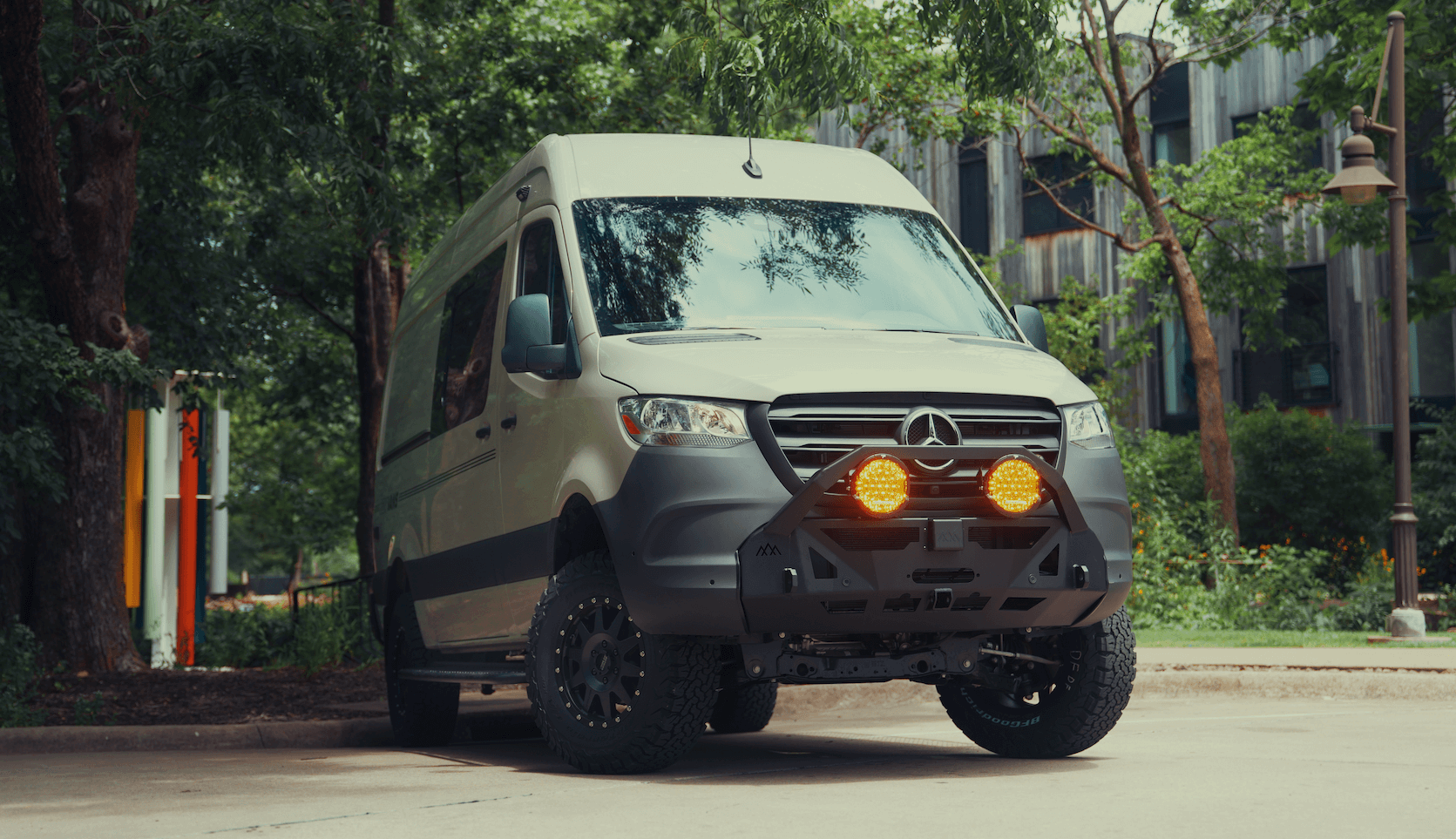Recreational Vans

Starting from zero does not disqualify you from a van conversion. Many first timers successfully learn fundamentals through careful research, small test projects, and lots of patience. The key is understanding which tasks are approachable and which demand certified work or deep experience. Set realistic goals, plan your sequence of tasks, and budget both time and contingency funds. Above all, treat safety as the north star for every decision.
Starting small helps. A few core tools go a long way: drill driver, jigsaw or circular saw, rivnut tool, square, level, and clamps. A clean, well lit workspace and a way to keep materials dry matter more than an expansive shop. Expect tasks to take longer than videos suggest and schedule breaks to reduce mistakes.
DIY can reduce labor costs, but errors, rework, and tool purchases can erase savings. Price materials at today’s rates, add a buffer for waste, and factor in consumables like fasteners, adhesives, and blades. The learning curve is real, and patience is part of the budget.
Some parts of a van build have little margin for error. When projects affect life safety, insurance, or the vehicle’s structure, the consequences of missteps increase. Understanding these categories helps you decide where to self perform and where to bring in certified professionals.
Twelve volt and inverter systems require correct wire sizing, circuit protection, and secure routing. Lithium batteries demand proper mounting, ventilation, and charging profiles. Incorrect work risks fire, equipment damage, and warranty issues. If you are new to electrical systems, consider having a certified installer design, assemble, and test the system.
Cutting roof or body panels for windows, fans, or racks changes how water and loads move through the vehicle. Improper sealing leads to corrosion and mold. Seats, belts, and smart floor systems must anchor to engineered points with approved hardware and torque specs. Mistakes here jeopardize occupant safety and can void insurance coverage.
Water systems seem simple until leaks occur at highway speeds or in freezing weather. Pressure testing and winterization are essential. Combustion heaters and propane lines require correct venting, regulator selection, and leak testing. A poor install can create carbon monoxide or fire hazards.
Even without prior skills, a structured plan can carry you from shell to road trips. Break the journey into stages, validate each stage, and call in experts where the risk is highest. The result is a safer build, cleaner fit and finish, and fewer surprises once you start living out of the vehicle.
Begin with a lightweight insulation plan and a removable floor to test noise, comfort, and layout ideas. Cardboard mockups help you check aisle width, bed height, and storage clearances before you cut materials. A weekend shakedown in an empty van can reveal priorities you had not considered.
Track every component in a simple spreadsheet and add links for replacements. Research local inspection or registration requirements for modified vehicles, especially if adding seats or altering emissions related systems. Speak with your insurer about coverage for conversions and the documentation they expect.
If your plan includes high output solar, lithium energy storage, air conditioning, roof cuts, or additional seating, professional installation is often the most efficient and safest route. A qualified shop can also handle complex integrations like alternator charging, advanced ventilation, and structural mounting for racks or carriers.
Closing the gap between your first build and a dependable travel rig often comes down to knowing where to invest your effort. Do the approachable projects that build confidence and keep you hands on with your van. For the critical systems, consider partnering with a team that designs, fabricates, and tests these components every day.
Looking for examples of professionally built adventure vans and transparent pathways from concept to delivery? Explore recreational vans, see how we custom build a van, or browse financeable mainstream vans that start from proven platforms.
Ready for a van that rides safe, functions off grid, and feels like home from day one? Share your travel goals and must haves. We will translate them into a detailed plan, timeline, and quote so you can hit the road with confidence.
Ready to skip the guesswork and get a safe, road proven rig? Tell us how you travel, and our team will design and build the van around your needs. Share a few details in the form and we will map a clear path from dream to keys in hand.
ADDRESS:
6159 E Huntsville Rd, Fayetteville, AR 72701
PHONE:
(479) 326-9200
EMAIL:
info@ozkvans.com